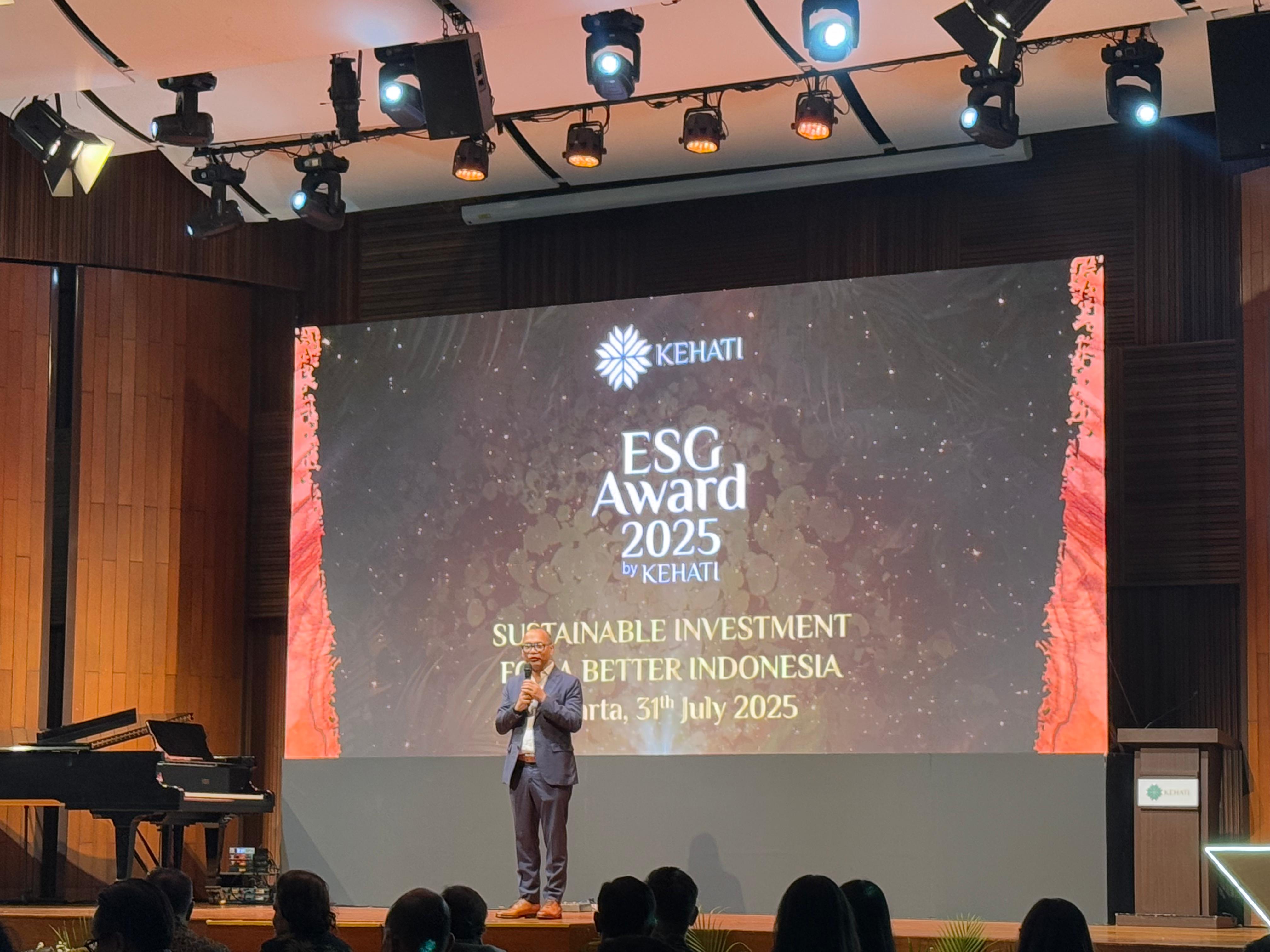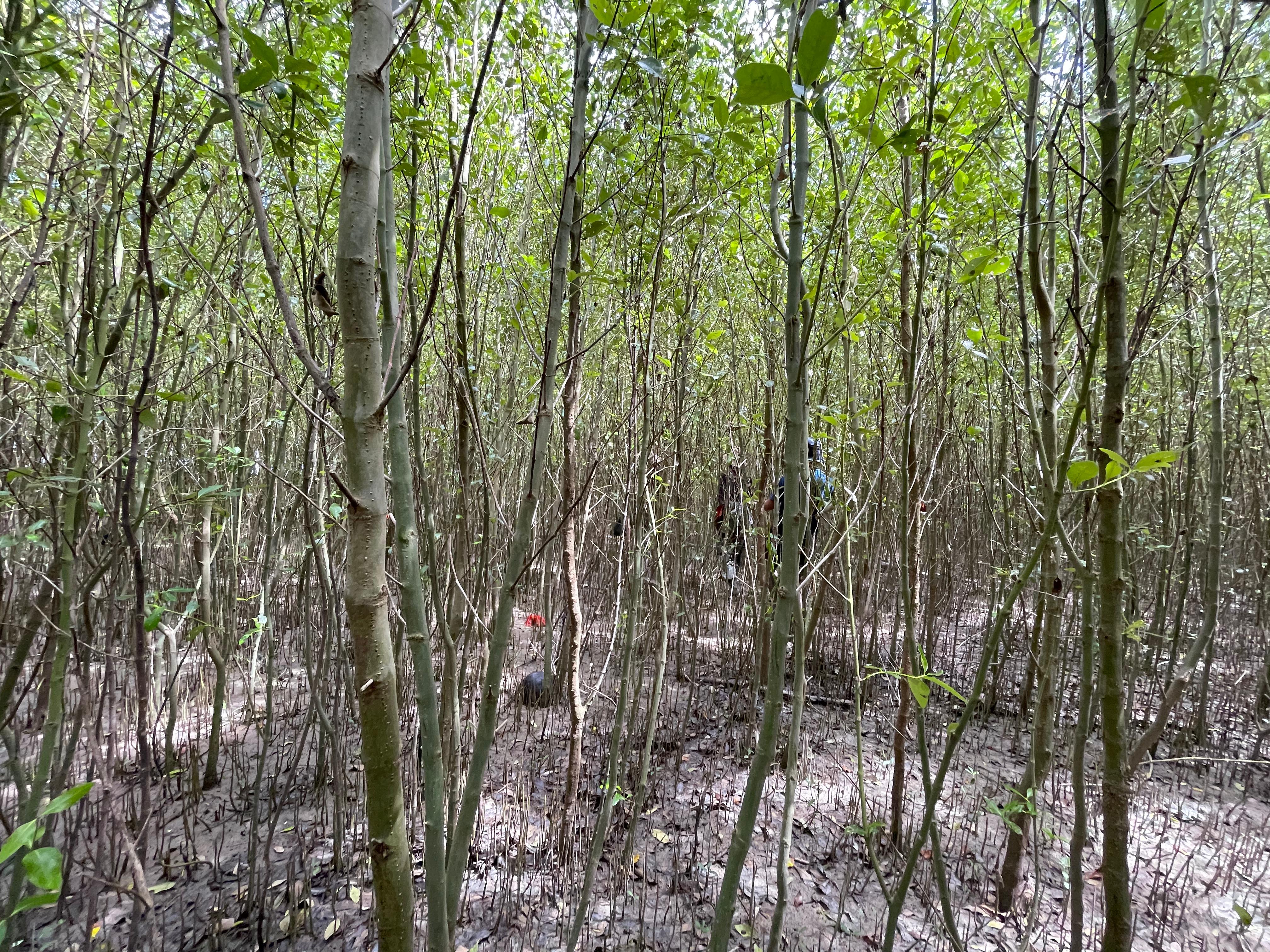


Seagrass meadows are known for their important role in the overall health of the marine environment. They offer resources and habitat for a variety of organisms from all trophic levels, as well as coastal protection from erosion with their complex rhizome system. They are flowering plants that have fully adapted to submerged life in the near shore marine environment. Their leaves provide a surface for attachment for a wide range of tiny encrusting algae and invertebrates. Larger seagrass-associated creatures rely heavily on them as a food supply.
Around 72 species of seagrass have been identified worldwide (Short et al., 2011), with sixteen species found in the Indonesian Archipelago. 12 species are found in the waters surrounding Sulawesi, including Enhalus acoroides, Thalassia hemprichii, Thalassodendron ciliatum, Halophila ovalis, H. spinulosa, H. sulawesii, H. tricostata, Halodule uninervis, Halodule pinifolia, Cymodocea rotundata, Cymodocea serrulata, and Syringodium isoetifolium.
Seagrasses' global distribution varies, and despite low species diversity, they can have ranges that span thousands of kilometers along the shore. Seagrass distribution can be described as the range across which a species occurs or the area within a site where a certain species is located. Nowadays, there is a broad understanding of the range of species and seagrass habitats, as well as a continuing increase in interest in seagrass, particularly in Indonesia.
Seagrasses cover at least 30,000 km2 throughout the Indonesian Archipelago, only relatively small areas have been studied therefore information per species is rather limited. Seagrass species in Indonesian either form dense monospecific meadows or mixed stands of up to eight species. Thalassia hemprichii, Enhalus acoroides, Halophila ovalis, Halodule uninervis, Cymodocea serrulata, and Thalassodendron ciliatum typically grow in monospecific beds. Mixed-species meadows are found in the lower intertidal and shallow subtidal zones, and they thrive in well-sheltered, sandy (not muddy), stable, and low-relief sediments. Pioneer species including Halophila ovalis, Cymodocea rotundata, and Halodule pinifolia usually dominate these beds. In general, species characteristic of climax Indonesian seagrass meadows are Thalassia hemprichii, Enhalus acoroides and Thalassodendron ciliatum.
Thalassodendron ciliatum is part of the Cymodoceaceae family and typically grows in subtidal or shallow depositional environments on a variety of substrates, forming expansive meadows when conditions are stable. Its sickle-shaped leaves, flower-like form, distinguish it from other seagrasses. Though it is widely distributed across the Indo-Pacific, its abundance varies. In Indonesia, T. ciliatum is primarily found in eastern regions being South Sulawesi its westernest region. The limited distribution of T. ciliatum has led to a scarcity of detailed information on this species, making it less studied than other seagrasses in Indonesia.
One of the densest populations of Thalassodrendon ciliatum was reported in the islands surrounding the Flores Sea by Kuriandewa et al. in 2003. Tanah Jampea, Selayar due to its proximity to the Flores Sea, has also been reported to have T. ciliatum forming thick rhizome layers, sometimes reaching up to 70 cm. Despite the richness of these meadows and their importance to marine biodiversity, research on T. ciliatum in general remains limited. Comprehensive research on its distribution, population density, and associated biota would deepen the understanding of its limited range and potential vulnerability to environmental changes, further studies are critical for its conservation.





